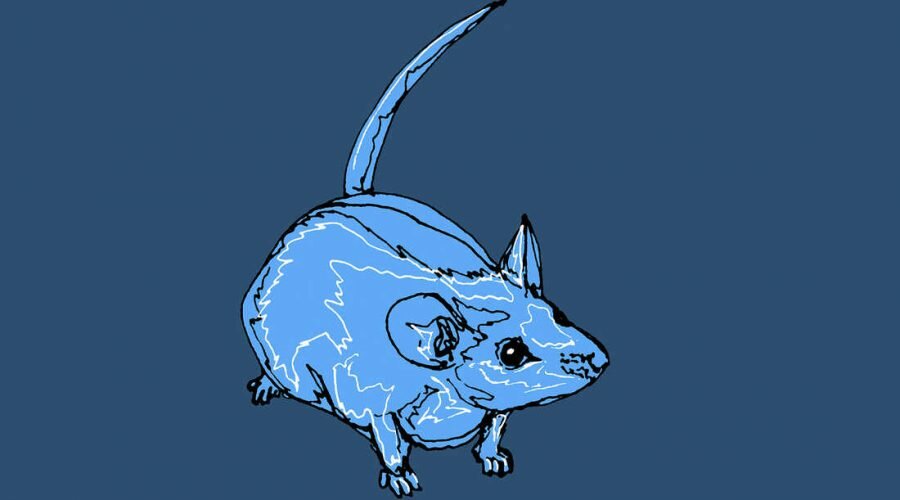The CRISPR-Cas9 gene-editing technique can be used to change genetic coding with great precision, and its uses include curing disease and fixing genetic faults. Now it’s been used to change animal behavior – and the results are not what scientists were expecting.
The new study, published in the Proceedings of the National Academy of Sciences (PNAS), finds that knocking out the Avpr1a receptor in hamsters, and thus effectively eliminating vasopressin’s action on it, dramatically altered the expression of social behavior in unexpected ways.
Without the Avpr1a receptor, the team behind the study expected social communication and aggressive behavior to be reduced.
Instead, the opposite happened: the hamsters without the receptor showed much higher levels of social communication and aggression. Typical sex differences in aggressiveness disappeared as well, with hamsters of both sexes displaying high levels of aggression towards other same-sex individuals.
“This suggests a startling conclusion,” says neuroscientist H. Elliott Albers from Georgia State University.
“Even though we know that vasopressin increases social behaviors by acting within a number of brain regions, it is possible that the more global effects of the Avpr1a receptor are inhibitory.”
Hamsters are sometimes used as stand-ins for humans in experiments because their social organization is somewhat similar to ours. Here, Syrian hamsters (Mesocricetus auratus) were used – the species in which vasopressin was first shown to have an influence on sociality. Their stress response is similar to humans too – they produce the hormone cortisol when stressed, just like we do.
This means that the surprising results outlined in this research could potentially apply to human beings. It could give scientists a better idea of how genes interact with neural circuits in our brain to control how we treat other people.
“We don’t understand this system as well as we thought we did,” says Albers. “The counterintuitive findings tell us we need to start thinking about the actions of these receptors across entire circuits of the brain and not just in specific brain regions.”
Flank marking – a scent-marking behavior used by many rodents – was one of the behaviors altered in the hamsters given the CRISPR treatment, leaving their scent on the environment in order to assert dominance and a choice of mate.
While flank marking isn’t something that humans do, variations in other types of social behavior are key indicators when it comes to neural conditions – think about the fear of social interaction in some people with anxiety, for example. The scientists are hopeful that their work could potentially shed some more light on these conditions and their treatments.
The study also gives us another example of just how well developed CRISPR editing has now become, and the significant difference these edits can make. The team expects to see future studies in hamsters looking at the same receptor.
“It is important to understand the neurocircuitry involved in human social behavior and our model has translational relevance for human health,” says Albers.
“Understanding the role of vasopressin in behavior is necessary to help identify potential new and more effective treatment strategies for a diverse group of neuropsychiatric disorders ranging from autism to depression.”
Sources:
PNAS – May 5, 2022 – https://www.pnas.org/doi/10.1073/pnas.
https://news.gsu.edu/2022/05/13/georgia-state-researchers-find-crispr-cas9-gene-editing-approaches-can-alter-the-social-behavior-of-animals/
https://en.wikipedia.org/wiki/Golden_hamster
https://en.wikipedia.org/wiki/Vasopressin
https://www.science.org/doi/10.1126/science.6538700

